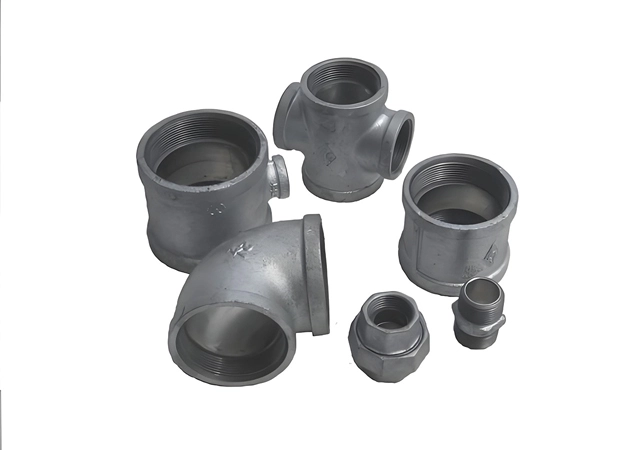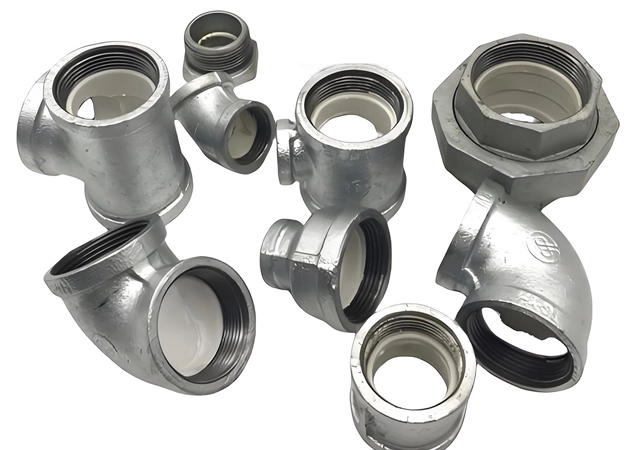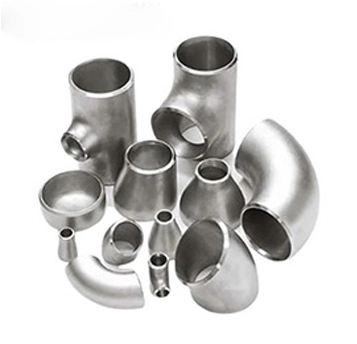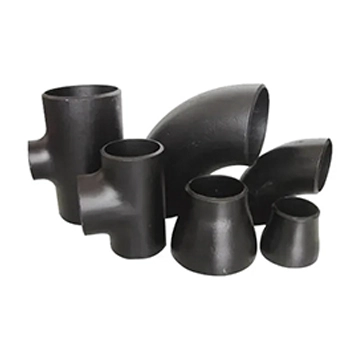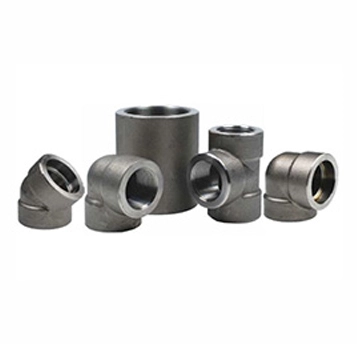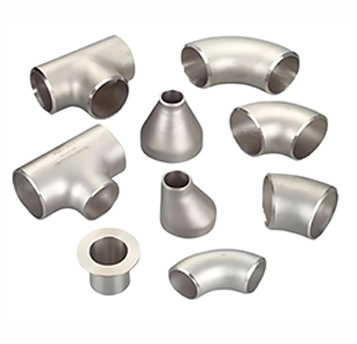What is Threaded Pipe Fitting?
Threaded pipe fittings are components used to connect, control, or redirect the flow of fluids (liquids, gases, or slurries) in piping systems. These fittings have threads (screw-like grooves) on their ends, which allow them to be screwed onto pipes or other threaded fittings without the need for welding. Threaded fittings are commonly used in low- to medium-pressure systems and are popular for their ease of installation, disassembly, and maintenance.
Our threaded pipe fittings are available in various types, such as threaded 90 degree elbows, couplings, nipples, unions, and branch outlets. These fittings are made from stainless steel, carbon steel, alloy steel, and super duplex stainless steel. They are available in different pressure ratings, including 2000lbs, 3000lbs, and 6000lbs. The common threaded types include NPT, BSPT, and BSPP.
Types of Threaded Pipe Fittings
1. Elbows: Used to change the direction of fluid flow, available in 45° and 90° angles.
2. Tees: Allow for a branch connection, forming a T-shape to split or combine fluid flow.
3. Couplings: Connect two sections of a pipe, ensuring a secure and leak-free joint.
4. Reducers: Connect pipes of different diameters, maintaining smooth flow and reducing pressure drop.
5. Unions: Facilitate easy connection and disconnection of pipe sections for maintenance.
6. Caps: Close the end of a pipe to prevent fluid or gas flow.
7. Crosses: Unite four pipes together, forming a cross shape.
8. Nipples: Short sections of pipe with male threads on both ends, used to connect two fittings.
Thread Standards
Threaded pipe fittings are available in various thread standards, including:
NPT (National Pipe Thread): The most common thread standard in the United States, designed for tight, leak-free connections.
BSPT (British Standard Pipe Thread): Common in the UK and Europe, offering a tapered thread for sealing.
BSPP (British Standard Pipe Parallel): A parallel thread standard used in Europe, requiring a sealing compound or gasket.
Metric Threads: Used in many international applications, offering a range of thread sizes and pitches.
Materials Used for Threaded Pipe Fittings:
Carbon Steel:
Strong and durable, suitable for general-purpose applications.
Stainless Steel:
Corrosion-resistant, ideal for harsh environments and hygienic applications.
Brass:
Corrosion-resistant and easy to machine, often used in plumbing and low-pressure systems.
Alloy Steel:
High strength and resistance to extreme temperatures and pressures.
Advantages of Threaded Pipe Fittings:
Easy Installation:No welding or specialized tools are required.
Reusability:Can be disassembled and reused multiple times.
Cost-Effective:Lower installation and maintenance costs compared to welded fittings.
Versatility:Suitable for a wide range of applications and materials.
Disadvantages of Threaded Pipe Fittings:
Pressure Limitations:Not suitable for high-pressure systems due to potential leakage at the threads.
Thread Wear:Repeated assembly and disassembly can wear out the threads.
Sealing Requirements:Thread sealant (e.g., Teflon tape or pipe dope) is often required to prevent leaks.
Applications of Threaded Pipe Fittings:
Plumbing: For residential and commercial water supply and drainage systems.
HVAC (Heating, Ventilation, and Air Conditioning): In systems where flexibility and easy maintenance are crucial.
Oil and Gas: For low-pressure applications where frequent maintenance is required.
Chemical Processing: In systems where quick disassembly and inspection are necessary.
Automotive: For fuel lines, brake systems, and other fluid transfer applications.

 EN
EN
